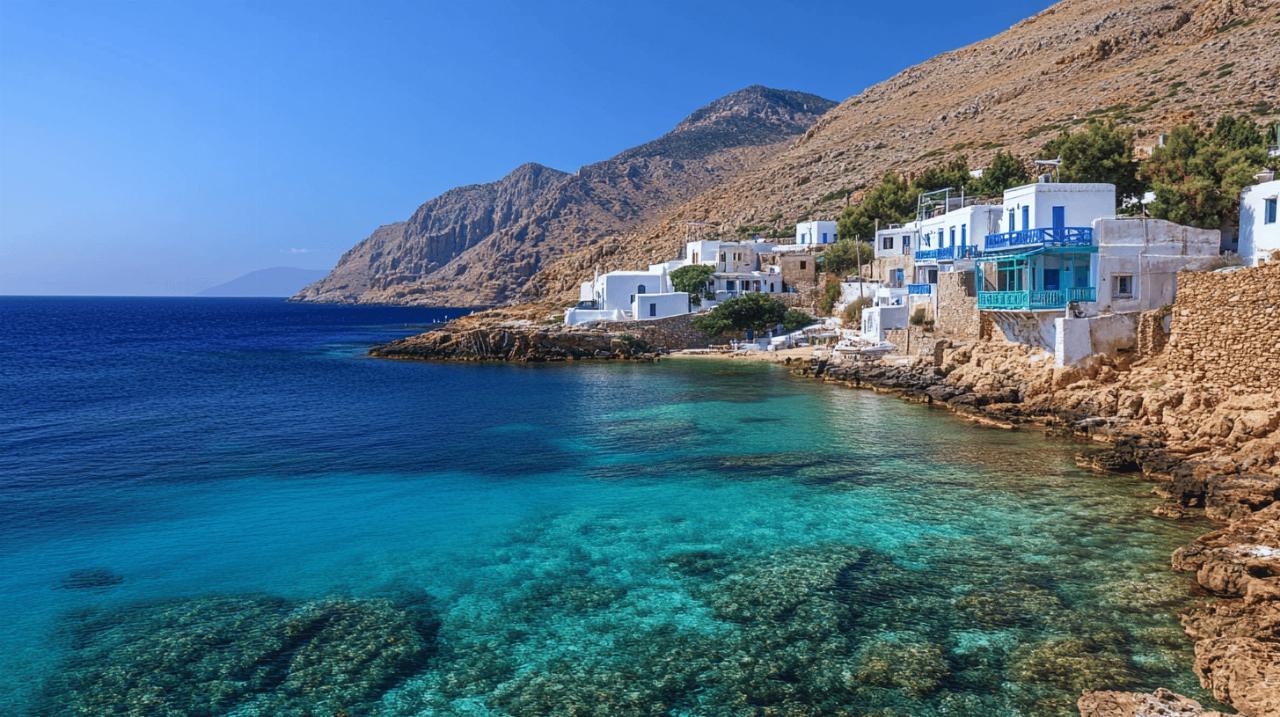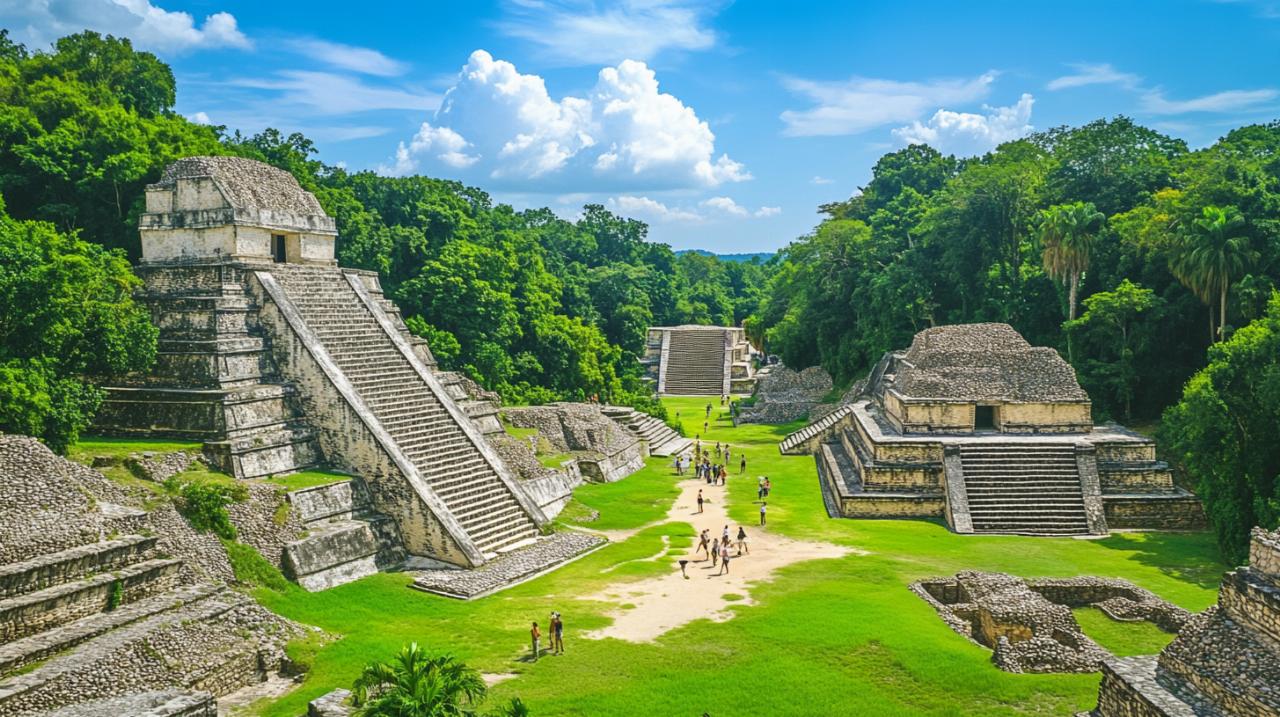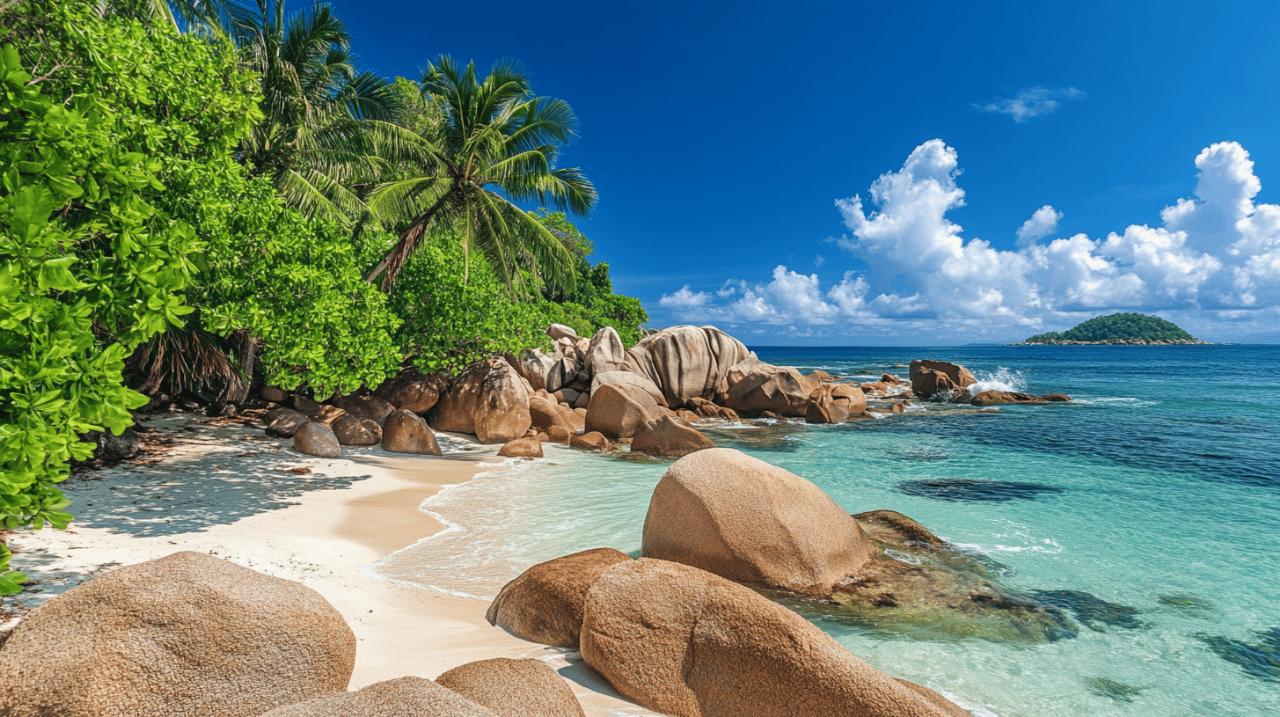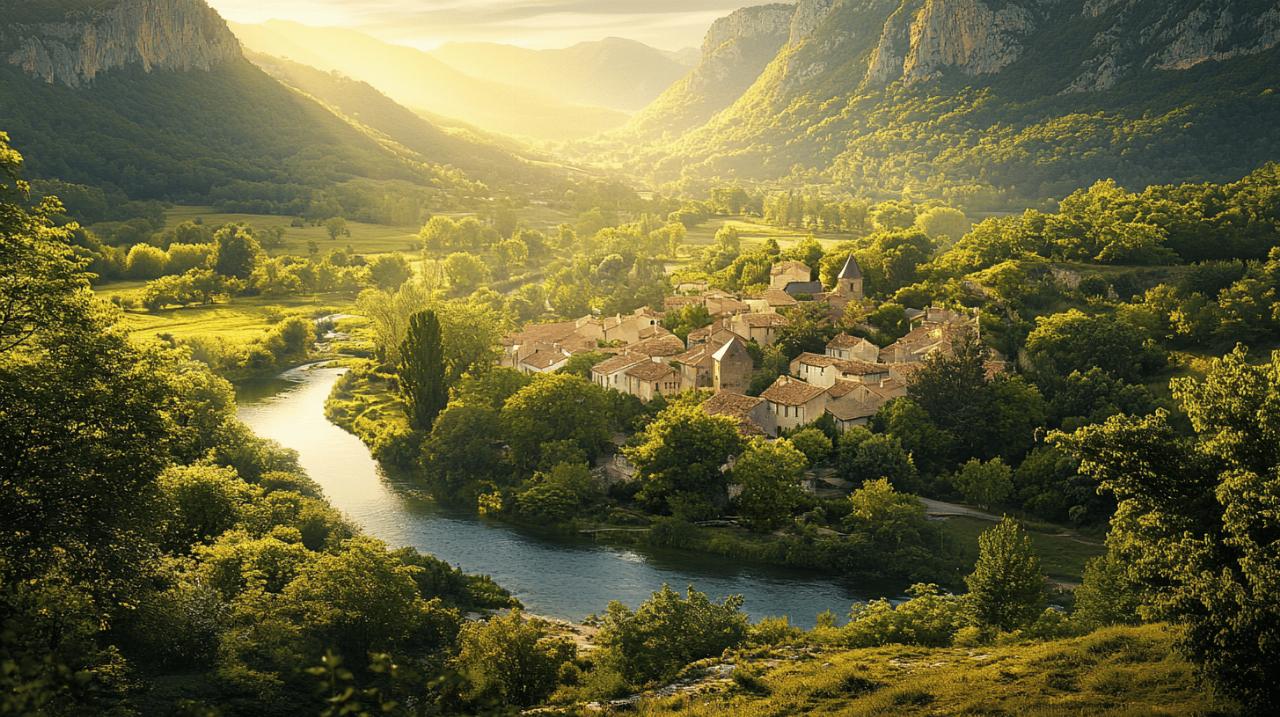The Greek islands have long been a haven for travelers seeking sun-drenched landscapes and crystal-clear waters, but beyond the typical beach holiday lies an extraordinary adventure for cycling enthusiasts. Naxos and its smaller satellite islands offer some of the most rewarding two-wheeled experiences in the Mediterranean, combining challenging routes with breathtaking scenery and authentic Greek culture.
Discovering naxos on two wheels
As the largest island in the Cyclades, Naxos presents cyclists with a diverse playground of terrains that satisfy riders of all skill levels. From gentle coastal roads hugging the azure waters to challenging climbs into mountainous interiors, this island emerges as a cyclist's dream destination in the Greek islands. Unlike its more famous neighbors Santorini and Mykonos, Naxos maintains a refreshing authenticity while offering superior cycling infrastructure.
Navigating the Diverse Terrain of Greece's Largest Cycladic Island
Naxos features a remarkable variety of landscapes within its 430 square kilometers. The western coast offers relatively flat terrain with stunning views across to neighboring Paros, making it ideal for casual riders or those adjusting to the Mediterranean climate. As you venture inland, the landscape transforms dramatically with rolling hills covered in olive groves and vineyards before rising to the impressive Mount Zeus, the highest peak in the Cyclades. These elevation changes create natural intervals of intensity, allowing cyclists to experience both leisurely rides and challenging climbs within the same day.
Must-Ride Routes from Coastal Paths to Mountain Villages
The coastal circuit from Naxos Town toward Plaka Beach provides a perfect introduction to island cycling, with smooth roads and sea breezes keeping riders cool even during warmer months. For those seeking more adventure, the road to Apeiranthos, known as the marble village, delivers both physical challenges and cultural rewards. This inland route winds through ancient olive groves before climbing steadily to reveal stone-built settlements that seem frozen in time. Another spectacular journey takes riders to the temple of Demeter, combining archaeological interest with scenic countryside cycling through areas virtually untouched by tourism.
The small cyclades: hidden gems for cycling enthusiasts
While Naxos serves as an excellent base, the true magic happens when cyclists venture to the Small Cyclades—Koufonisia, Iraklia, Schinoussa, and Donousa. These islands represent the ultimate escape for those seeking traffic-free cycling routes, unspoiled landscapes, and genuine Greek island life without the crowds that plague more famous destinations. Island hopping with a bicycle opens up possibilities that standard tourists rarely experience.
Exploring koufonisia, iraklia, schinoussa and donousa
Each of these miniature islands possesses a distinct character that rewards cyclists willing to explore beyond the main harbor towns. Koufonisia, actually comprising two islands separated by a narrow strait, offers the most developed cycling infrastructure of the Small Cyclades, with well-maintained paths connecting secluded beaches and small settlements. Iraklia, the most mountainous of the group, challenges riders with rewarding climbs that culminate in panoramic views across the archipelago. Schinoussa, despite being just 9 square kilometers, contains a surprising network of paths that weave through farmland and connect numerous hidden coves. Donousa, the most remote of the quartet, provides the purest sense of escape, with minimal vehicle traffic and pristine natural surroundings.
Traffic-free cycling and pristine beach discoveries
The virtual absence of cars makes these islands a sanctuary for cyclists accustomed to navigating busy roads. On Koufonisia, the main transport method is the bicycle, creating a cyclist-friendly atmosphere rare in modern travel destinations. This freedom from traffic allows riders to focus entirely on the experience—the scent of wild herbs carried on the breeze, the changing colors of the Aegean Sea, and the unexpected discoveries that happen when traveling at the perfect pace. Many of the most beautiful beaches in the Small Cyclades remain accessible only by foot or bicycle, rewarding active travelers with private swimming spots after exhilarating rides.
Practical tips for cycling between islands
Success in navigating this island network depends on understanding the ferry system and planning accommodations that welcome cyclists. With proper preparation, the logistical challenges become part of the adventure rather than obstacles to enjoyment. Sustainable travel practices align perfectly with cycling tourism, reducing environmental impact while maximizing authentic cultural experiences.
Ferry connections and bicycle transport logistics
Several ferry operators service the routes between Naxos and the Small Cyclades, each with different schedules and bicycle policies. Blue Star Ferries provides regular connections to Iraklia (1 hour, three times weekly), Schinoussa (1 hour 15 minutes), Koufonisia (2 hours, twice weekly), and Donousa (1 hour 10 minutes, three times weekly). The Express Skopelitis offers more frequent service except Sundays, though journey times are typically longer. During peak season, additional options emerge with Hellenic Seaways and Sea Jets providing faster connections, particularly valuable for cyclists with limited vacation time. Most ferry operators accommodate bicycles without extra charges, though requesting information in advance prevents surprises. When planning multiple island visits, consider circular routes that avoid backtracking to maximize riding time and minimize ferry expenses.
Accommodation Options for Cyclists Throughout the Islands
Naxos offers the widest range of cyclist-friendly accommodations, from hotels with secure bicycle storage to guesthouses that provide maintenance tools and route information. In the Small Cyclades, options become more limited but often more charming. Koufonisia features several small hotels accustomed to hosting cyclists, while Iraklia, Schinoussa, and Donousa primarily offer rooms in family homes where hosts frequently assist with bicycle logistics and local knowledge. Booking accommodations near harbors minimizes the need to carry luggage long distances upon arrival, though inland stays often provide superior cycling access and authentic village experiences.
Cultural immersion through cycling
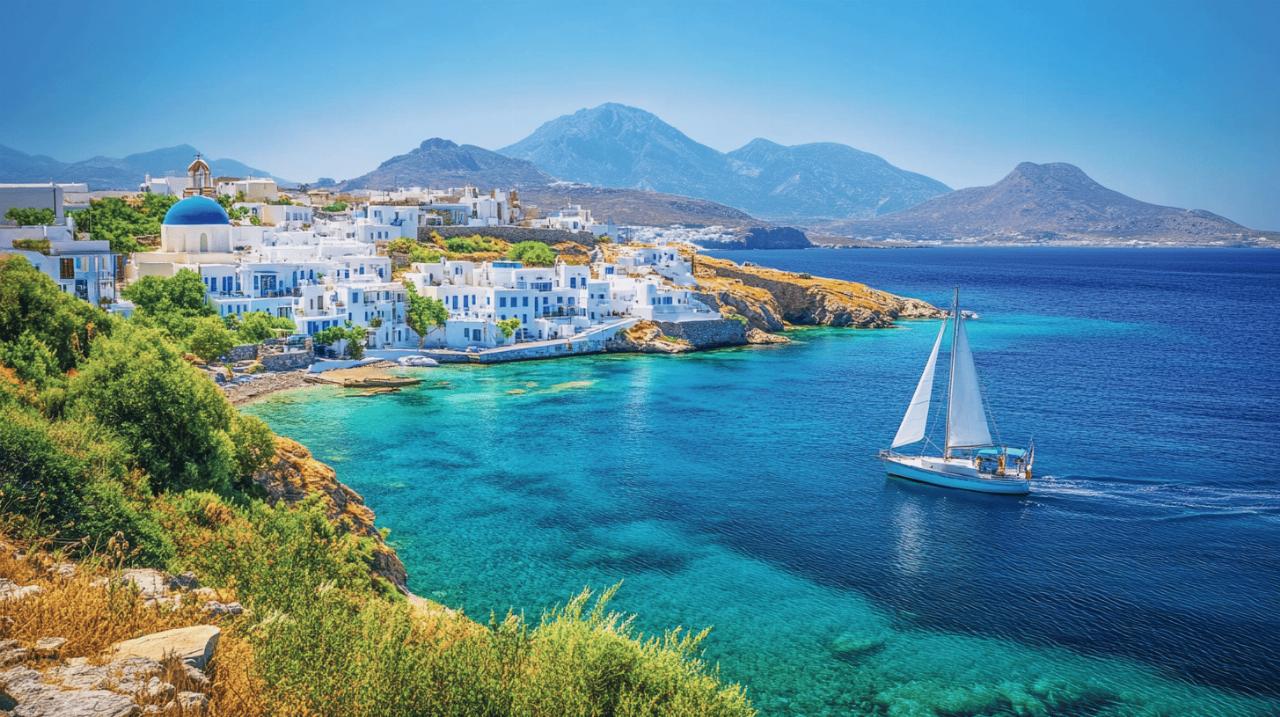 Beyond the physical joy of cycling through beautiful landscapes, this mode of travel creates unique opportunities for cultural connection. Moving at bicycle pace allows for spontaneous interactions impossible when rushing between tourist sites in rental cars or tour buses. The rhythmic nature of cycling puts travelers in harmony with the traditional pace of island life.
Beyond the physical joy of cycling through beautiful landscapes, this mode of travel creates unique opportunities for cultural connection. Moving at bicycle pace allows for spontaneous interactions impossible when rushing between tourist sites in rental cars or tour buses. The rhythmic nature of cycling puts travelers in harmony with the traditional pace of island life.
Encountering local traditions and authentic greek hospitality
Cyclists frequently receive warmer welcomes in village tavernas, as locals appreciate visitors who make efforts to experience their island beyond resort areas. In Naxos, riding through interior villages often leads to impromptu invitations to sample homemade cheese, kitron liqueur, or fresh fruits. The Small Cyclades elevate this hospitality further, with island residents genuinely curious about cycling visitors. In Schinoussa, local fishermen might suggest routes leading to viewpoints known only to islanders, while in Donousa, elderly residents sitting in village squares eagerly share stories of island history when cyclists pause to rest. These authentic exchanges create lasting memories beyond standard tourist experiences.
Seasonal cycling considerations and island festivals worth planning around
Timing significantly impacts the cycling experience in the Cyclades. Early spring (April-May) and late autumn (September-October) offer ideal temperatures around 22-25°C, reduced tourist numbers, and occasional seasonal festivities. Easter celebrations in Naxos feature unique traditions, with each mountain village conducting processions that cyclists can incorporate into routes. The Small Cyclades host summer festivals celebrating patron saints, with Koufonisia's August celebrations offering particularly vibrant experiences of traditional music and dance. Consider planning island-hopping itineraries around these events for cultural enrichment between rides. Weather patterns also influence cycling conditions, with the meltemi winds creating challenging headwinds in July and August but pleasant cooling effects when at your back.
Sustainable island-hopping: minimising your carbon footprint
The mesmerising Greek islands of Naxos and the Small Cyclades offer an unparalleled cycling adventure with their pristine beaches, authentic villages, and stunning landscapes. For the eco-conscious traveller, these islands present perfect opportunities to explore while treading lightly on the environment. By choosing thoughtful transport options and supporting local initiatives, your island-hopping journey can be as green as the olive groves dotting these Aegean gems.
Green Travel Practices Between Naxos and the Small Cyclades
When planning your cycling adventure across these magnificent islands, selecting the right ferry services makes all the difference to both your experience and environmental impact. The Express Skopelitis, a local institution, connects Naxos to smaller islands like Iraklia (1 hour 30 minutes), Schinoussa (2 hours), Koufonissia (2 hours 35 minutes), and Donoussa (3 hours 55 minutes) daily except Sundays. This slower vessel not only offers a more authentic travel experience but typically has a lower carbon footprint than the faster options.
Blue Star Ferries provide another reliable option, reaching Iraklia in just 1 hour (three times weekly), Schinoussa in 1 hour 15 minutes, and Koufonissia in 2 hours (twice weekly). During peak season, faster services like Hellenic Seaways and Sea Jets operate but consider whether the time saved justifies the increased environmental impact. A brilliant approach is travelling during early spring or late autumn when temperatures remain pleasant (22-25°C), crowds are sparse, and ferry services still operate regularly. This off-peak strategy reduces pressure on local resources while giving you more space to enjoy the natural beauty.
Supporting Eco-Friendly Businesses and Initiatives Across the Islands
The Small Cyclades and Naxos host numerous eco-conscious establishments worth your patronage. When visiting Koufonissia or Donoussa, seek out accommodation that employs renewable energy or water conservation practices. Many guesthouses across these islands now use solar water heating and energy-efficient systems, making your stay both comfortable and responsible.
Bring a reusable water bottle during your cycling explorations, as tap water is drinkable in many parts of the Cyclades. This simple habit significantly reduces plastic waste, a growing concern on Greek islands. While exploring the authentic villages of Naxos or the smaller harbours of Iraklia and Schinoussa, support local tavernas serving island-grown produce rather than imported goods. These establishments often maintain traditional farming practices that preserve the unique character of the islands while reducing transport-related emissions.
Rather than rushing between multiple destinations, adopt a more measured pace. Spending at least three to four days on each island allows deeper appreciation of local culture while reducing transit-related emissions. Consider dedicating two weeks to exploring a maximum of three islands, perhaps combining Naxos with two of the Small Cyclades like Koufonissia and Schinoussa. This approach not only minimises your carbon footprint but enriches your connection to these remarkable destinations that have remained largely unchanged since pirates roamed these waters in the 18th century.

